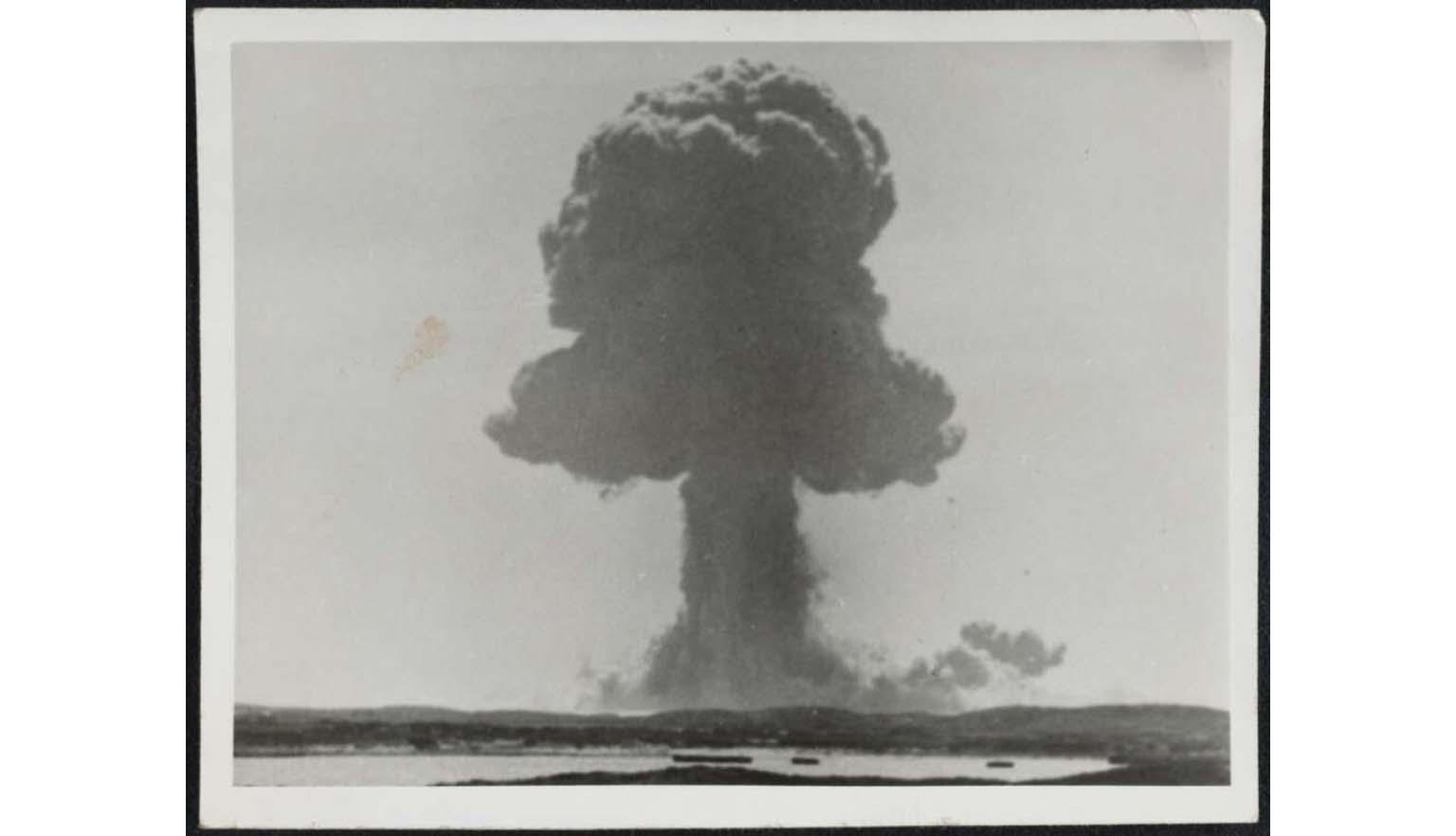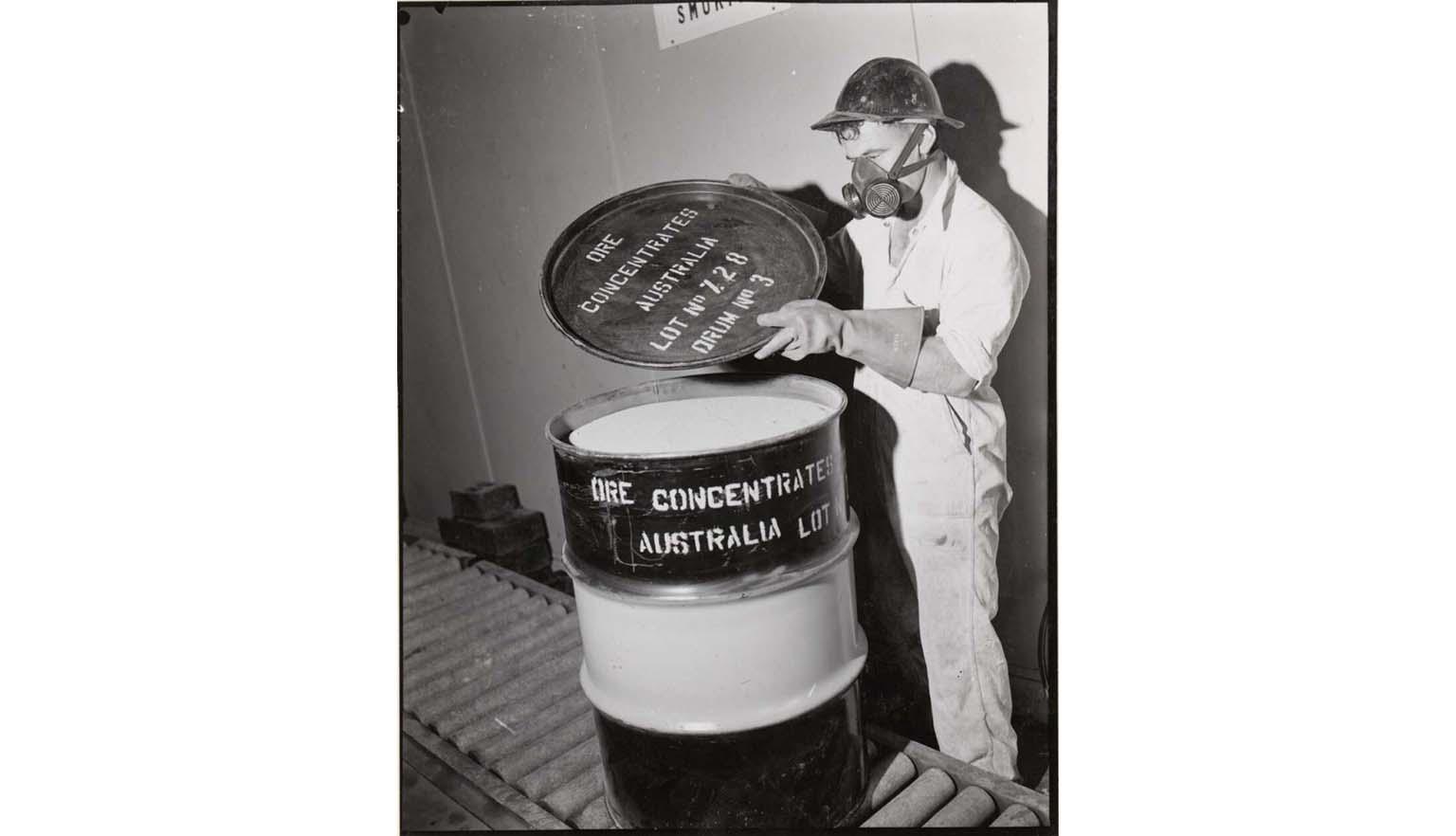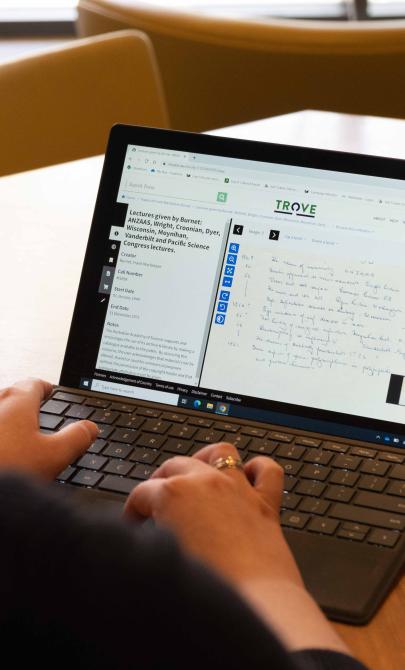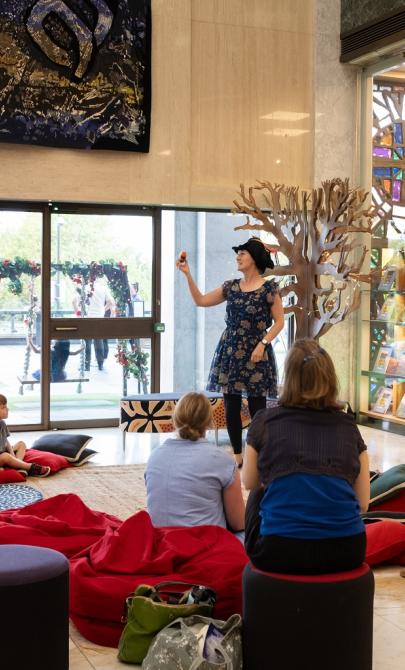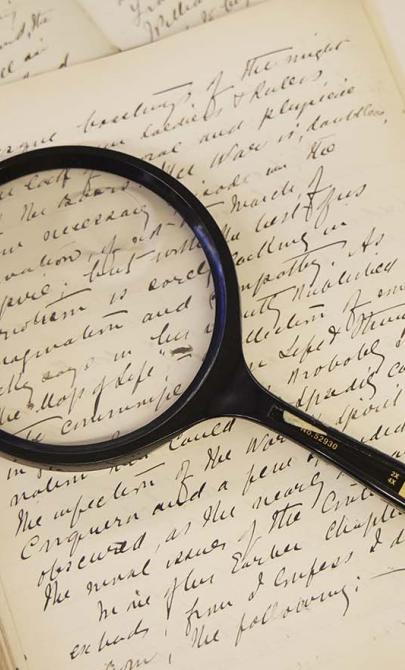Oral history: Sir Mark Oliphant
About Sir Mark Oliphant
During the Second World War, Oliphant worked on developing a more sophisticated radiolocation system – known today as ‘radar’. At this time, Oliphant read the findings of physicists Otto Frisch and Rudolf Peierls, which showed that it was possible to create an atomic bomb through nuclear fission. After an investigation by a special committee of British nuclear physicists, Oliphant sent the findings to the United States’ Uranium Committee. Oliphant’s pressure led the committee to begin work on what would become known as the Manhattan Project.
In 1967, Oliphant was interviewed by Hazel de Berg, where he discussed his childhood, schooling, and work with radar developments, as well as his move to the United States and role in the Manhattan Project.
In 1992, Oliphant was interviewed again by science and technology historian Ann Moyal.
Use the excerpts from the recordings to explore the creation of atomic weapons and Oliphant’s views on science and being a scientist.
Key terms:
- atomic
- physicist
- nuclear fusion/fission
- Manhattan Project
- radar
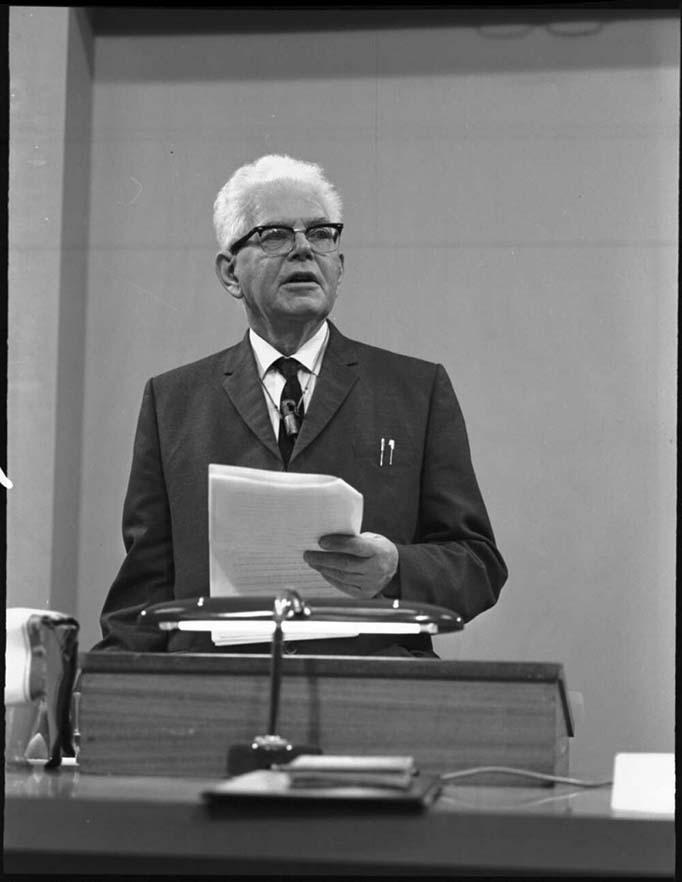
John Aloysius Mulligan, Sir Mark Oliphant lecturing at the University of Sydney, 1 September 1970, 1970, nla.gov.au/nla.obj-145323842
John Aloysius Mulligan, Sir Mark Oliphant lecturing at the University of Sydney, 1 September 1970, 1970, nla.gov.au/nla.obj-145323842
Listen to Sir Mark Oliphant
Sir Mark Oliphant discusses his early childhood and his schooling.
Sir Mark Oliphant shares his thoughts on the state of Australian science and the creation of a national science body.
Sir Mark Oliphant discusses his feelings towards atomic energy in 1992, many years after his interview with Hazel de Berg
Learning activities
Activity 1: Compare two interviews
Watch or read two interviews with Sir Mark Oliphant, recorded 25 years apart. Discuss:
- What differences can you find between the two interviews?
- How might time affect the way people remember events?
Activity 2: Record and compare a memory
Think of something that happened earlier today (in class or at break). In pairs, take turns describing the event while your partner records it (video or audio). At the end of the lesson, repeat the activity with the same partner. Discuss:
- What changed between the two recordings?
- What stayed the same?
Activity 3: Explore changing opinions
Listen to or read what Oliphant said in the two interviews. Discuss:
- Did he change his opinion about anything?
- Why might people change their minds over time?
- Can changing your opinion help scientific progress, or does it cause problems?
Activity 4: Discuss what shapes science
Learn about how Oliphant viewed the future of science, and the challenges scientists face. Discuss:
- What social forces can influence science?
- Can you think of examples when scientific breakthroughs were driven by events like pandemics or wars
Activity 5: Take on a scientist’s role
As a class, choose a controversial scientific discovery from the last 100 years.
Pretend you are the scientist who made the discovery. Discuss and list:
- What are the benefits of sharing this discovery?
- What are the risks?
- Who might be affected, positively or negatively?
- What might stop you from announcing the discovery?
